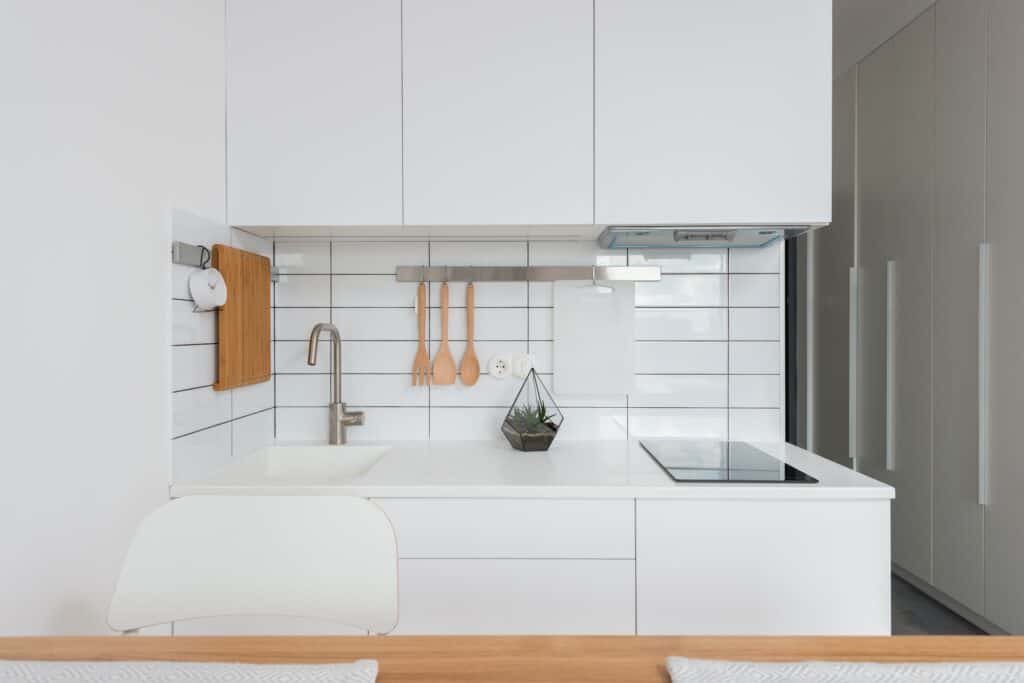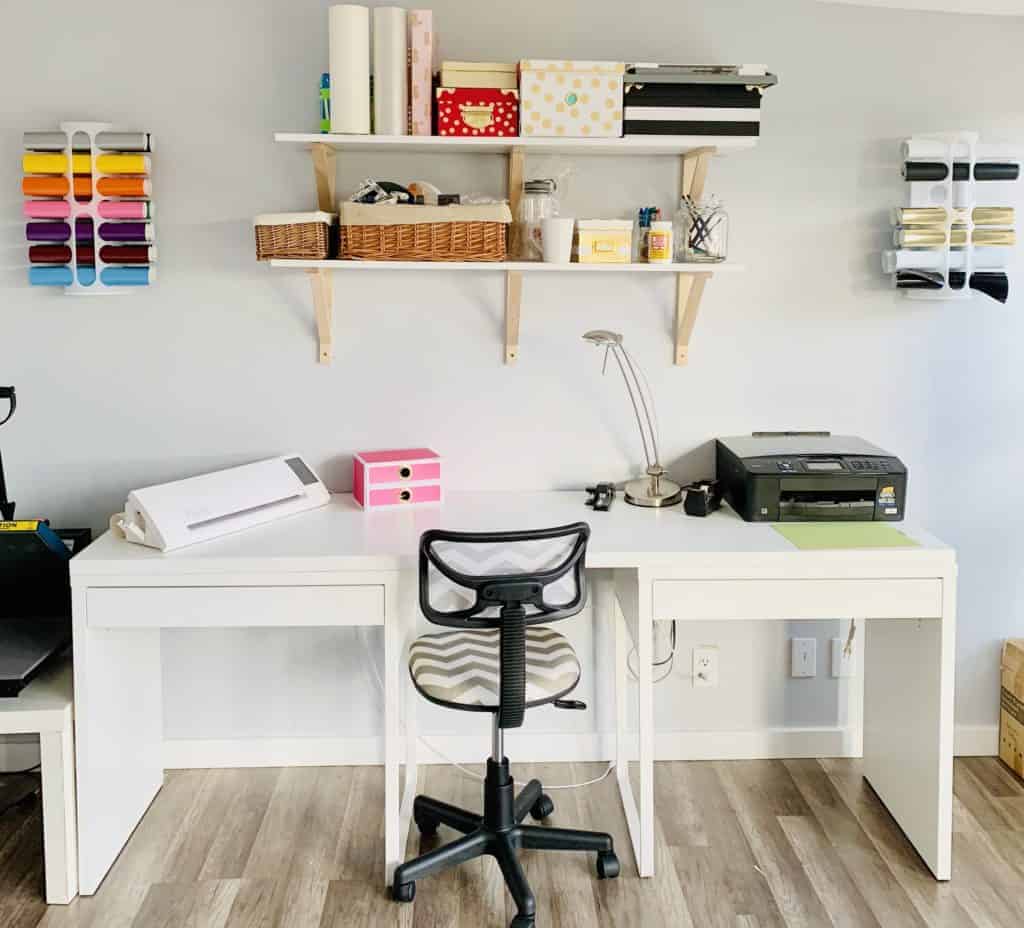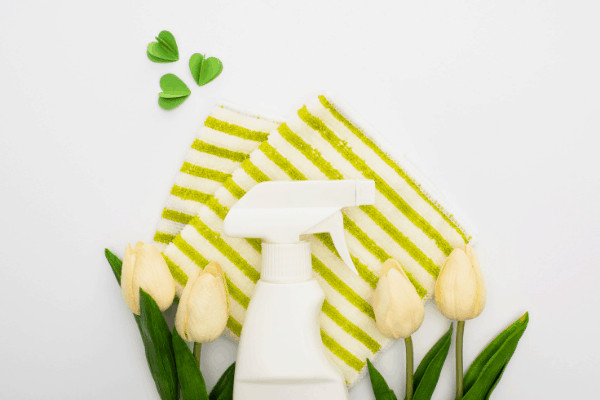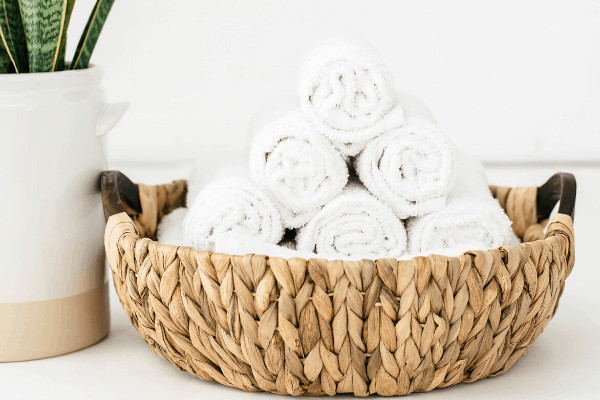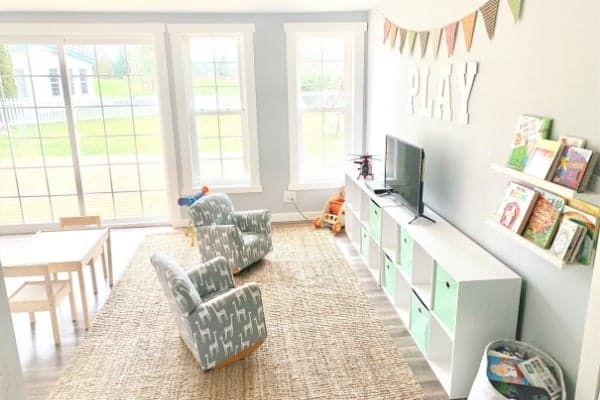Discovering mold as a homeowner is a dreaded scenario. The prevalence of stories featuring toxic mold, exorbitant mitigation expenses, and instances where homebuilders vanished after their drywall was identified as the culprit in certain states have contributed to mold gaining a reputation almost as dire as that of a house fire. Surprisingly, mold has existed for centuries and likely posed more significant threats in earlier times due to inadequate insulation, greater reliance on subpar plumbing, and the natural aging process of older homes.
Why Mold Shows Up
Mold is a fungus. Mold typically infiltrates indoor spaces as spores are carried through air currents. Given the optimal conditions—often characterized by moisture and darkness—it flourishes. As it spreads, mold consistently generates additional spores, further embedding itself. Detecting mold is relatively evident: it stains surfaces and proliferates in a chaotic manner wherever moisture fosters its growth. Many molds exist outside and in damp places, but some are extremely toxic to people, especially those with breathing conditions.
Mold toxicity results from two key factors: its concentrated presence and the harmful nature of the spores it produces and disperses within an area, posing risks when inhaled. Ignoring mold isn’t an option as it perpetually grows and exacerbates, creating health hazards and causing damage to anything it infiltrates.
Mold Remediation
The initial stage of any remediation procedure revolves around locating every trace of mold, not just what’s visibly apparent. A common misstep for those tackling mold for the first time is solely addressing the visible manifestations. Unfortunately, mold can infiltrate concealed spaces, crevices, and areas where water and moisture accumulate. Thus, comprehensive identification of its full extent is crucial. This may entail removing interior wall surfaces and similar measures to access it entirely. Here a load-bearing wall removal contractor may help you deal with the process.
Once pinpointed, the removal and cleaning phase commences. Simply eradicating visible mold isn’t sufficient; spores can embed into surfaces, fostering regrowth even after surface wiping. Typically, remediation necessitates the complete removal of materials hosting mold, followed by replacement. Hence, mold removal frequently coincides with restoration services, ensuring a thorough remediation process.
Professional Response
The best way to deal with mold correctly and completely is to bring in a professional mold remediation removal team like Valley Restoration & Construction. Skill and training are pivotal in adopting a comprehensive strategy to detect, treat, and eliminate mold, alongside restoring affected areas. Moreover, a proficient team can pinpoint the likely origin of the mold, identify its cause, and propose solutions to prevent its recurrence. Ignoring mold isn’t an option. While prevention is the ideal approach, addressing it necessitates a professional intervention upon discovery.

